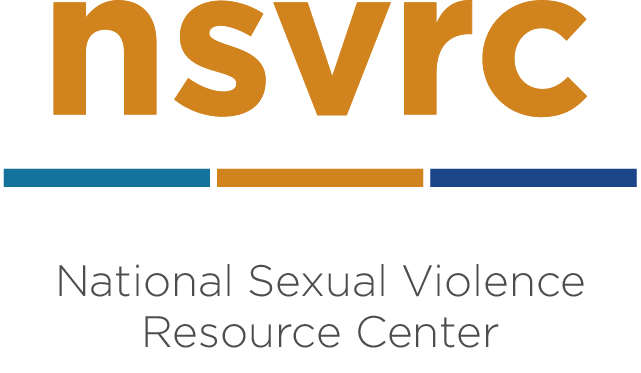Prevalence and Characteristics of Sexual Violence, Stalking, and Intimate Partner Violence Victimization, National Intimate Partner and Sexual Violence Survey, United States, 2011
This report examines sexual violence, stalking, and intimate partner violence victimization using National Intimate Partner and Sexual Violence Survey (NISVS) data from 2011. The report describes the overall prevalence of sexual violence, stalking, and intimate partner violence victimization; racial/ethnic variation in prevalence; how types of perpetrators vary by violence type; and the age at which victimization typically begins. For intimate partner violence, the report also examines a range of negative impacts experienced as a result of victimization, including the need for services.
